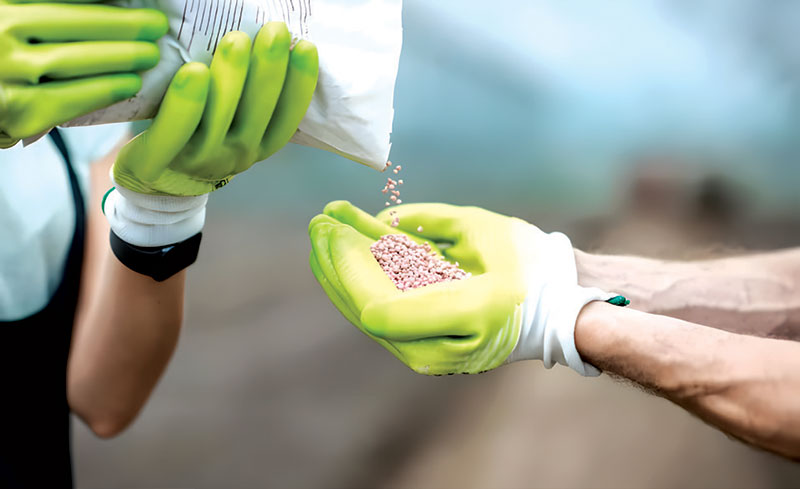Blitz Bureau
NEW DELHI: India’s abundant southwest monsoon has been a blessing for farmers but has also laid bare the country’s fertiliser fault lines. While rainfall has brought relief to parched fields and spurred kharif sowing, it has simultaneously triggered a scramble for fertilisers, exposing supply gaps and heavy dependence on imports.
Supply of plant nutrients fails to keep pace with Kharif sowing
Fields flourish, demand surges
From June to August, cumulative rainfall stood at more than 60 per cent above the seasonal average, spread evenly across most regions. Encouraged by the timely showers, farmers expanded acreage under rice, pulses and cotton. Rice sowing alone rose sharply, pushing overall kharif coverage to record levels.
This expansion naturally lifted demand for plant nutrients. Sales of urea crossed 124 lakh tonne between April and July, while diammonium phosphate (DAP) jumped by nearly 29 per cent. Single superphosphate and muriate of potash also logged strong double-digit growth. Many cultivators even shifted part of their requirement from DAP to NPK and SSP, highlighting both affordability concerns and the urgency of securing nutrients at sowing time.
Supply strains and import rush
Domestic production failed to keep pace. Urea output during April-July slipped below last year’s levels, and DAP production too declined. To fill the gap, India leaned heavily on imports: urea inflows almost doubled in the April-June quarter, while DAP imports surged to over nine lakh tonne. Yet, despite these efforts, queues and rationing were reported in several states.
India’s fertiliser safety net is still tied to global supply lines. China, once a major exporter of DAP and other phosphatic products, has tightened shipments, fuelling uncertainty. This has forced India to scout more aggressively in Morocco, Saudi Arabia and Russia.
At home, the Government has kept urea prices frozen at ₹242 per 45-kg bag since 2018, with subsidies bridging the gap. A special subsidy of ₹3,500 per tonne has been extended to DAP as well, keeping retail prices steady despite volatile international markets. But subsidies alone cannot solve the problem of physical availability. Reports of black-marketing and diversion in some districts underline how supply shortages translate into farmer distress at the ground level.
The crisis offers clear lessons. India must expand domestic capacity, reduce its reliance on imported DAP, and encourage balanced fertiliser use through NPK and SSP. Without such steps, every good monsoon could paradoxically become a stress point, turning bounty into bottleneck.



